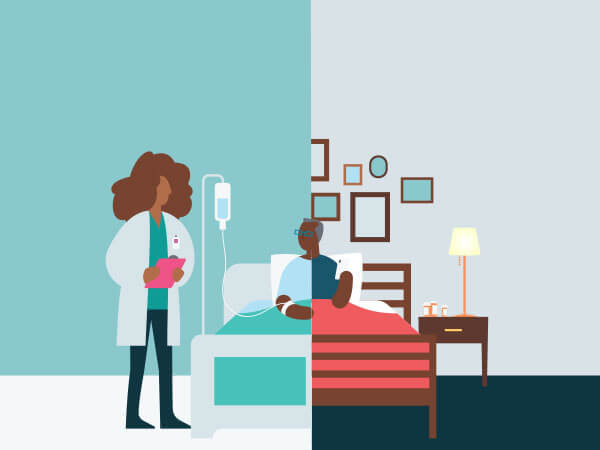Harness your digital exhaust to personalize the member experience
Digital health platforms can generate endless data about members’ health needs. While some member data is collected intentionally, there is often additional information generated from member activities, actions and behavior. This excess data is sometimes referred to as “digital exhaust”.
This raw data holds an enormous amount of potential to help health plans better understand and serve their members’ needs. But how can health plans better leverage all these digital health outputs, while avoiding data overload?
It’s not enough to simply deliver digital health management support to members. Health plans must also be able to monitor how they engage and interact within the platform.
While many apps can collect active data (surveys) and passive data (sensors), fewer offer metadata. Metadata may be described as data related to how a person completes a survey or cognitive test (e.g., time on each question or target). Sometimes referred to as “digital exhaust,” this metadata offers advantages of passive data, such as high volume of automatic data collection.
Based on these insights, care teams can view member progress in real time to provide timely, proactive support. Make sure your organization can harness the following types of data to inform timely, personalized member communication.
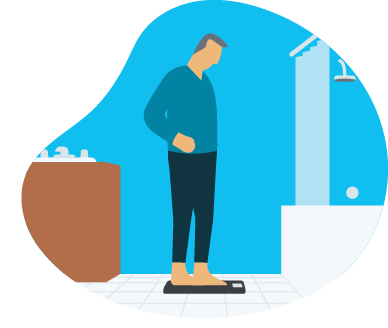
Biometric data
With the right digital health management tool, you can track a variety of biometric data all in one place. Biometric data is one of the most useful types of digital exhaust. Using digital methods of remote patient monitoring allow you to keep all your data collection methods and the data itself in one place. This makes it easier for members to engage with and for your team to keep track of.
Some of the data points include:

Body weight
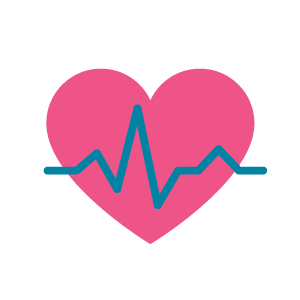
Blood pressure
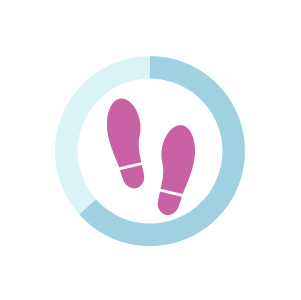
Physical activity (including step count)
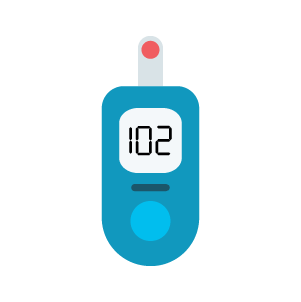
Blood glucose
You can aggregate this biometric information by age, location, or care program to understand the needs of a specific population.
One example is monitoring the step counts of diabetic members to make sure they’re following physical activity guidelines set by their physicians. If a subset of members is falling behind, care managers can coordinate outreach to uncover any barriers and encourage members to work toward their step goals.
Some digital health management apps offer integrations with blood glucose monitors. These integrations make it easier for members to log their blood glucose levels, and for them and their care managers to track glucose trends over time. It also reduces the number of times members have to enter duplicate data into the app, improving the likelihood of continued use.
To make the most of blood glucose device integrations, your team should ensure seamless incorporation into staff workflows. This could mean alerts to care managers when a reading is out of range, so they can take timely action and connect with members.
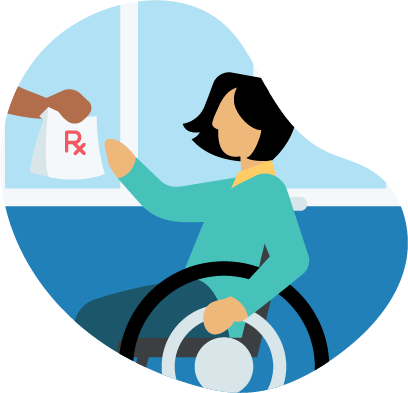
Social determinants of health data
Social determinants of health are factors in a member’s life that can influence healthcare outcomes. This includes everything from race and ethnicity to income, education level, and living situation.
Care managers can use the app to send assessments and provide screenings to identify any potential barriers to care. Through digital care apps, care managers can send mobile surveys to members and ask questions about their lifestyles. These insights can help care managers deliver educational articles and other content to members. Rather than becoming digital exhaust generated by informal conversation, insights into members’ lives can transform how clinicians personalize care.
In addition to surveys, some digital care apps offer a secure chat function. The messaging function opens another door for care managers to connect with members and earn their trust. When members trust their care managers, they are more likely to offer information about their health and lifestyle. This could include information about finances, transportation difficulties, or other social health determinants that inform the member’s care plan going forward.
For example, a member may have medication reminders set up on their phone. If the member does not check off the reminder for a few days, the care manager receives an alert. When the care manager follows up with the member, they ask whether the member forgot to take their medication. The member then discloses that they were not able to pick up the medication at all, because they did not have a way to get to the pharmacy.
In this situation, the care manager can coordinate with the member’s health plan to coordinate a ride to the pharmacy or a delivery service. By using an integrated digital health management system, a care manager was able to form a trusting relationship with a member and improve medication adherence.

Messaging and conversation data
Like we mentioned earlier, digital health management apps can offer secure messaging between members and care managers or advocates. This closes the gaps between traditional care touchpoints, and becomes more of a continuous care journey. While care teams can message members about specific concerns, they can also have more casual conversations that uncover insights about member health needs.
But how can care managers identify useful information among the unstructured data in all those messages? Check to see if your digital care solution incorporates natural language processing into the platform capabilities. This machine learning technique makes it easier for care managers to find and flag intervention points for each member.
Secure messaging should also include sentiment analysis, or “social listening.” This tool can indicate whether a member is demonstrating positive or negative feelings in messages to care managers. If a member consistently displays negative feelings in their messages, they could be frustrated with their care plan or not responding well to the care manager’s communication style.
Overall, secure messaging enables deeper understanding and trust between members and care managers. Trust and consistency can make it easier for members to adhere to their care plans, and improve their outcomes.
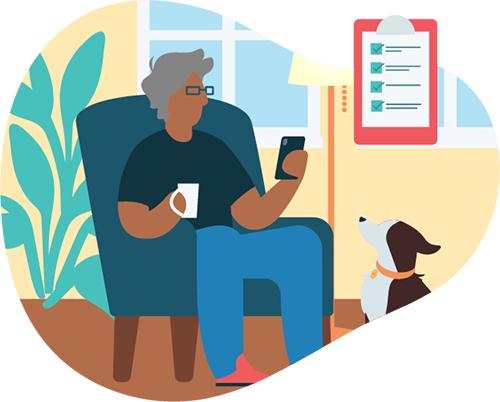
Digital assessment data
Finally, we come to digital assessments. Care managers can send digital assessments to members through their digital care app. These assessments help care managers understand member care goals and build a care plan that fits their individual lives.
Digital assessments can inform or, in some cases, take the place of long phone conversations, which members may be hesitant to participate in. Unlike introductory assessments conducted by phone, digital intake assessments can be taken on a member’s own time. Members also don’t have to worry about someone around them hearing sensitive information.
When delivered during regular intervals over the course of a health program members can use assessments to report their own symptoms, outcomes, and experiences. For example, these tools can be used to uncover whether a patient has a comorbidity the health plan may not have been aware of. This information allows the care team to adjust the patient’s clinical program accordingly. Care managers can also mirror the language members use to better communicate and ensure mutual understanding.

Capture the right health information
Digital health management uncovers vast amounts of member information that may be difficult to sort through at first. But access to member-generated data can help health plans improve the member experience and activate timely interventions. A good first step is investing in a platform that can prioritize members based on real-time needs, generate intervention alerts, and recommend follow-up actions.
The more personalized the care experience is, the more members will engage. They will see the value in continuing to enter their health information and exchange secure messages with their care team because they can see how it impacts their overall experience. As a result, this approach continuously generates more data, which gives staff more opportunities to intervene.
Earning members’ trust and encouraging them to play an active role in their care management is vital to early interventions and improving care outcomes.
